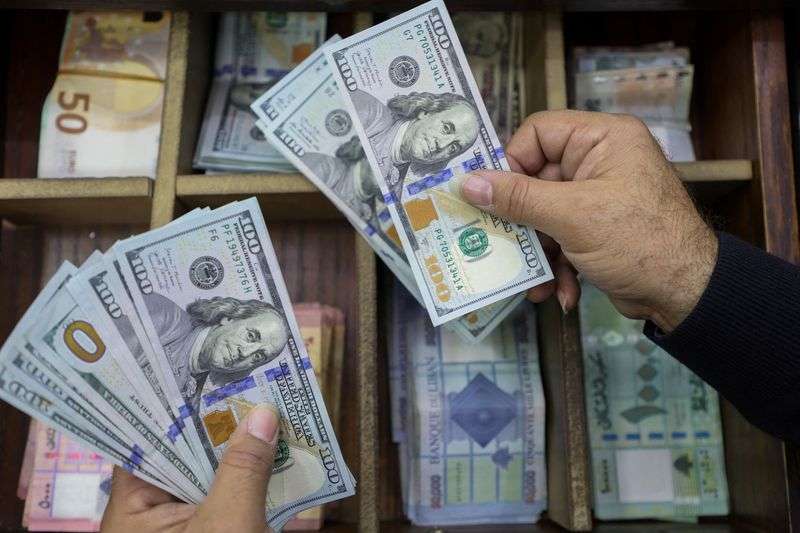Last week, the dollar faced its steepest decline since November 2023, driven by renewed tariff concerns following Trump’s threats against Colombia. The Mexican peso and Canadian dollar showed weakness, while the euro dipped ahead of a European Central Bank meeting. Market participants are closely monitoring central banks’ actions, especially after Trump’s calls for interest rate cuts. U.S. business activity has slowed, but home sales reached a ten-month high. Meanwhile, the Japanese yen strengthened after the Bank of Japan raised interest rates.
Dollar Weakness and Tariff Fears Resurface
Last week marked a notable decline for the dollar, experiencing its weakest performance since November 2023. This drop was initially attributed to diminished concerns regarding tariffs from the Trump administration. However, those worries were reignited when he announced potential drastic measures against Colombia.
In response to Colombia’s refusal of two U.S. military planes carrying migrants, which were part of the new administration’s immigration enforcement strategy, retaliatory actions such as tariffs and sanctions are now on the table.
Currency Market Reactions
The Mexican peso, often viewed as a gauge for tariff-related anxieties, fell by 0.8%, trading at 20.426 per dollar in early sessions. The Canadian dollar also showed slight weakness, sitting at 1.43715.
In the European market, the euro dipped 0.14% to 1.0474 ahead of an anticipated European Central Bank meeting this week, where a reduction in borrowing costs is expected. Meanwhile, the British pound reached 1.24615.
The Dollar Index, which compares the U.S. currency to six others, remained steady at 107.6, still near the lowest point it reached last week.
As the week progresses, investors are keenly watching the actions of central banks, particularly following Trump’s comments urging the Federal Reserve to consider interest rate cuts. While the Fed is likely to maintain current rates after its two-day meeting concludes on Wednesday, market watchers are on the lookout for any indications of a potential rate reduction in March, especially if inflation trends towards the Fed’s 2% target.
Recent data reveals a slowdown in U.S. business activity to its lowest level in nine months as of January due to escalating price pressures. Conversely, existing home sales in the U.S. hit a ten-month high in December.
According to Kyle Chapman, a currency market analyst at Ballinger Group, “Optimism surged regarding Trump’s growth-friendly agenda titled ‘America First’, while inflationary pressures intensified to their highest level in four months. Additionally, businesses are hiring employees at the fastest rate since 2022.” This scenario indicates a strengthening labor market, bolstering the case for the Fed to maintain its current stance.
In the realm of other currencies, both the Australian and New Zealand dollars faced slight declines but remained near the month-highs achieved last week. Notably, Australian markets are currently closed.
On the other hand, the Japanese yen gained nearly 0.4%, trading at 155.41 per dollar early in the day. This uptick followed the Bank of Japan’s recent decision to raise interest rates to their highest levels since the 2008 financial crisis while also revising inflation forecasts upward.
BOJ Governor Kazuo Ueda indicated that the central bank plans to continue increasing interest rates as wage and price growth becomes more widespread, although he provided limited insight into the timing and pace of future adjustments.
Mark Dowding, chief investment officer at RBC BlueBay Asset Management, suggested that the renewed focus on Japan may catalyze yen appreciation in the upcoming weeks. He remarked, “The Japanese currency remains significantly undervalued according to most valuation models, and as interest rate differentials shrink, we anticipate this will enhance the yen’s performance in 2025.”
